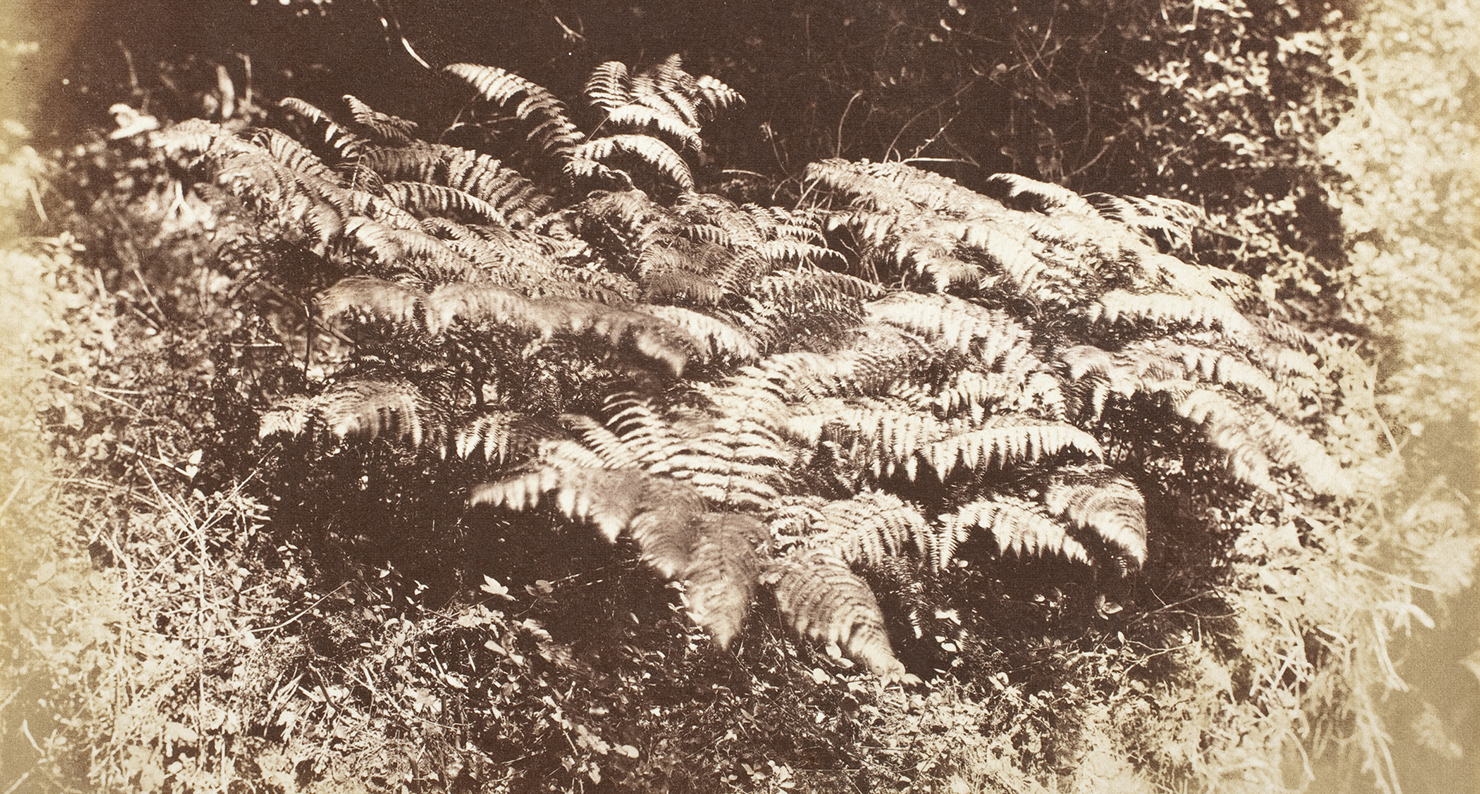
Ferns in a Glade, by J.D. Llewelyn, c. 1855. LACMA, The Marjorie and Leonard Vernon Collection, gift of The Annenberg Foundation, acquired from Carol Vernon and Robert Turbin.
• Forget tulip mania: “From the 1850s until Queen Victoria’s demise, pteridomania (meaning ‘fern mania’) engulfed Victorians on both sides of the Atlantic.” (JSTOR Daily)
• According to a team of historians and scientists, global volcanic activity over the third to first centuries BC may have disrupted annual Nile floods, weakening Ptolemaic rule in Egypt and setting the stage for Cleopatra’s troubled reign. (Science)
• In 1869 a young New England minister invented the “American pilgrimage”: camping in the woods. (Smithsonian.com)
• A new source of historical climate change data? Dirty birds. (CityLab)
• The finest dining in the 1930s? Possibly aboard an airship: “Meals were regular and lavish, and drinking so excessive that prairie oysters, a hangover cure made with hot sauce and a whole raw egg, were listed below the cocktails on the bar menu.” (Atlas Obscura)